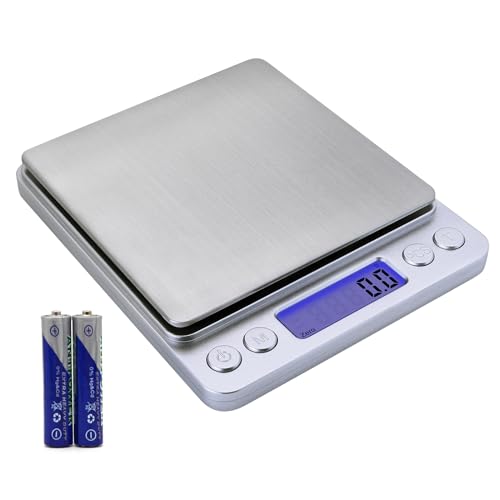Thanks for the article, DeeAnna and penelopejane. Great info. It's hard to test each additives so I'll just experiment on the most suspicious ones.
So far suspecting:
**Lavender, Eucalyptus, Tea Tree, Peppermint EOs (these EOs may be the cause of those with one two dots)
**indigo powder infused oil (this is confirmed cause of severe DOS)
**oils/ butters: olive, sweet almond, cocoa, shea (made small single oil soap, will see)
Geez...that's a lot to test. If I still can't find out the cause of DOS by next week, I'll just have to soap with new supplies when they arrive.
I love pictures so I thought maybe others would appreciate them though they look a bit gross. From top left:
1: 4months old when I saw the spots. few spots looking wet on the surface so I cut into it and noticed that the center is brownish.
2: this is real gross, few weeks old with indigo powder and lavender EO, the whole thing is oily. I didn't cut into it (don't feel like touching it) threw this away. DOS appeared in about 3days.
3&4: few weeks old with indigo powder and lavender EO (remake with Clyde slide, reduced the indigo powder), DOS appear after 2wks. The inside is clear but only 20% of the bar left after cutting off all the surfaces with spots. Will see if exposure to air will cause DOS to appear on the now unaffected areas.
Pic 5 to 8: those are scraps with DOS from 1,3&4. Just to experiment with salting out. I know some said it won't work but I just want to do it since it's new to me. I didn't know when to mold, so after the soap floated and cooled down a little but still soft, I just strained and molded.

So far suspecting:
**Lavender, Eucalyptus, Tea Tree, Peppermint EOs (these EOs may be the cause of those with one two dots)
**indigo powder infused oil (this is confirmed cause of severe DOS)
**oils/ butters: olive, sweet almond, cocoa, shea (made small single oil soap, will see)
Geez...that's a lot to test. If I still can't find out the cause of DOS by next week, I'll just have to soap with new supplies when they arrive.
I love pictures so I thought maybe others would appreciate them though they look a bit gross. From top left:
1: 4months old when I saw the spots. few spots looking wet on the surface so I cut into it and noticed that the center is brownish.
2: this is real gross, few weeks old with indigo powder and lavender EO, the whole thing is oily. I didn't cut into it (don't feel like touching it) threw this away. DOS appeared in about 3days.
3&4: few weeks old with indigo powder and lavender EO (remake with Clyde slide, reduced the indigo powder), DOS appear after 2wks. The inside is clear but only 20% of the bar left after cutting off all the surfaces with spots. Will see if exposure to air will cause DOS to appear on the now unaffected areas.
Pic 5 to 8: those are scraps with DOS from 1,3&4. Just to experiment with salting out. I know some said it won't work but I just want to do it since it's new to me. I didn't know when to mold, so after the soap floated and cooled down a little but still soft, I just strained and molded.











































